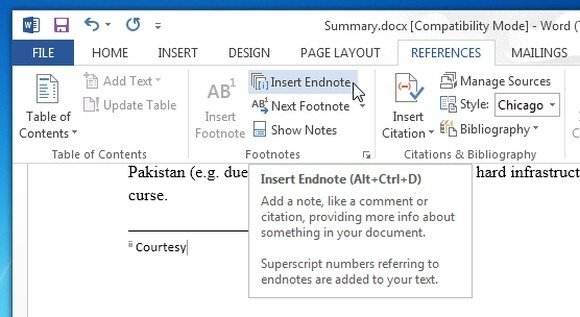
Gaskins and Austin worked together on the definition and design of the new product for nearly a year, and produced the first specification document dated August 21, 1985. Gaskins produced his initial description of PowerPoint about a month later (August 14, 1984) in the form of a 2-page document titled "Presentation Graphics for Overhead Projection." By October 1984 Gaskins had selected Dennis Austin to be the developer for PowerPoint.
#MS POWERPOINT FOR MAC WINDOWS#
On July 5, 1984, Forethought hired Robert Gaskins as its vice president of product development : 51 to create a new application that would be especially suited to the new graphical personal computers, such as Microsoft Windows and Apple Macintosh. Forethought had been founded in 1983 to create an integrated environment and applications for future personal computers that would provide a graphical user interface, but it had run into difficulties requiring a "restart" and new plan.
#MS POWERPOINT FOR MAC SOFTWARE#
PowerPoint was created by Robert Gaskins and Dennis Austin at a software startup in Silicon Valley named Forethought, Inc.

History Creation at Forethought (1984–1987)

A dozen major versions since then have added many additional features and modes of operation and have made PowerPoint available beyond Apple Macintosh and Microsoft Windows, adding versions for iOS, Android, and web access. The third version (Windows and Macintosh 1992) introduced video output of virtual slideshows to digital projectors, which would over time completely replace physical transparencies and slides. The first PowerPoint version (Macintosh 1987) was used to produce overhead transparencies, the second (Macintosh 1988, Windows 1990) could also produce color 35 mm slides. The impact of this much wider use of PowerPoint has been experienced as a powerful change throughout society, with strong reactions including advice that it should be used less, should be used differently, or should be used better. PowerPoint was originally designed to provide visuals for group presentations within business organizations, but has come to be very widely used in many other communication situations, both in business and beyond. : 402–404 Since the late 1990s, PowerPoint's worldwide market share of presentation software has been estimated at 95 percent. PowerPoint's market share was very small at first, prior to introducing a version for Microsoft Windows, but grew rapidly with the growth of Windows and of Office. Beginning with PowerPoint 4.0 (1994), PowerPoint was integrated into Microsoft Office development, and adopted shared common components and a converged user interface. PowerPoint became a component of the Microsoft Office suite, first offered in 1989 for Macintosh and in 1990 for Windows, which bundled several Microsoft apps.

This was Microsoft's first significant acquisition, and Microsoft set up a new business unit for PowerPoint in Silicon Valley where Forethought had been located. Microsoft acquired PowerPoint for about $14 million three months after it appeared. It was released on April 20, 1987, initially for Macintosh computers only. Microsoft PowerPoint is a presentation program, created by Robert Gaskins and Dennis Austin at a software company named Forethought, Inc. Afrikaans, Albanian, Amharic, Arabic, Armenian, Assamese, Azerbaijani (Latin), Bangla (Bangladesh), Bangla (Bengali India), Basque (Basque), Belarusian, Bosnian (Latin), Bulgarian, Catalan, Chinese (Simplified), Chinese (Traditional), Croatian, Czech, Danish, Dari, Dutch, English, Estonian, Filipino, Finnish, French, Galician, Georgian, German, Greek, Gujarati, Hausa, Hebrew, Hindi, Hungarian, Icelandic, Igbo, Indonesian, Irish, isiXhosa, isiZulu, Italian, Spanish, Kannada, Kazakh, Khmer, Kinyarwanda, Kiswahili, Konkani, Korean, Kyrgyz, Latvian, Lithuanian, Luxembourgish, Macedonian (Macedonia), Malay (Latin), Malayalam, Maltese, Maori, Marathi, Mongolian (Cyrillic), Nepali, Norwegian (Bokmål), Norwegian (Nynorsk), Odia, Pashto, Persian (Farsi), Polish, Portuguese (Portugal), Portuguese (Brazil), Punjabi (india), Quechua, Romanian, Romansh, Russian, Scottish Gaelic, Serbian (Cyrillic, Serbia), Serbian (Latin, Serbia), Serbian (Cyrillic, Bosnia and Herzegovina), Sesotho sa Leboa, Setswana, Sindhi (Arabic), Sinhala, Slovak, Slovenian, Spanish, Swedish, Tamil, Tatar (Cyrillic), Telugu, Thai, Turkish, Turkmen (Latin), Ukrainian, Urdu, Uyghur, Uzbek (Latin), Valencian, Vietnamese, Welsh, Wolof, Yoruba


 0 kommentar(er)
0 kommentar(er)
